Bean There, Done That: Bean Leaf Beetles After a Moderate Winter
How will the moderate winter affect insect pests this year? Dr. Nathan Kleczewski and Dr. Nick Seiter explain how winter conditions impact the Bean Leaf Beetle (BLB) and what to look for in your fields to determine risk.
New Research on Soybean Cyst Nematode Finds Reproduction on Most Common Resistance Source
Soybean cyst nematodes (SCN) causes more soybean yield loss in Illinois when compared to any other pathogen. For example, in 2021 alone, losses attributed to SCN were estimated at over 14 million bushels, valued at over $185 million.
Do not forget to assess fields for wireworm and white grubs before planting
Although some parts of Illinois have started to get beans in the ground, most of us are still waiting for soils to dry out and warm up. Something that should be on our radars in the week or two before planting are soilborne insect pests that may affect our soybeans.
Keep an eye out for red crown rot in Illinois soybeans in 2022
In 2018 I received some images on my cell phone. These images were of red crown rot, a soybean disease I had encountered while I was the field crop pathologist at the University of Delaware. The images clearly showed distinctive brick red, pinhead sized “balls” aggregated on the lower stems of the plant.
Considerations for insecticides in a post chlorpyrifos world
Chlorpyrifos is an insecticide in the organophosphate (OP) (IRAC-1B) group that has been in use since 1965. To put that in perspective, in 1965 [...]
Identifying SDS and What Management Practices Pay
Sudden death syndrome (SDS) is a soilborne fungal disease that historically has ranked within the top five most damaging diseases affecting soybeans in the [...]
Phytophthora in Illinois Soybean Production
This article was originally published on the farmdoc daily website. The oomycete Phytophthora sojae, is a soil borne organism which is the predominant cause [...]
What Effect Will Cold Temperatures Have on Pests and Pathogens?
Co-authored by Nathan Kleczeski and Nick Seiter, University of Illinois. Many in the Illinois agricultural community are wondering what effects the recent extreme cold [...]
Growing Wheat? Keep Fusarium Head Blight on Your Radar!
Fusarium head blight (FHB), or head scab is widely considered to be the most problematic disease impacting wheat production in the United States. In [...]
SCN: The Soybean Nemesis
Greetings! It is great to be serving the agronomic community of Illinois as the Extension Field Crops Plant Pathologist. My role at the University [...]

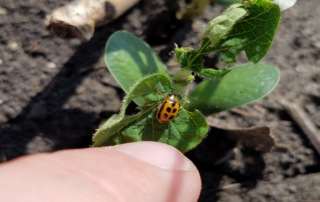
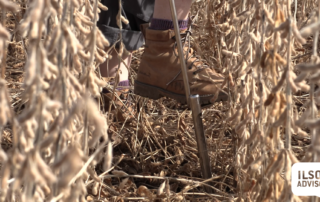
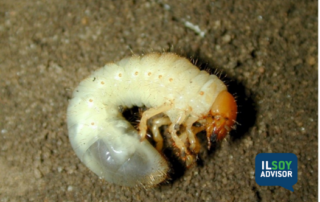
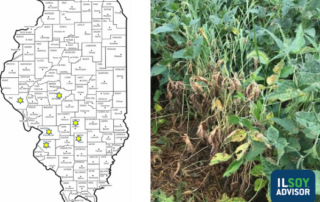
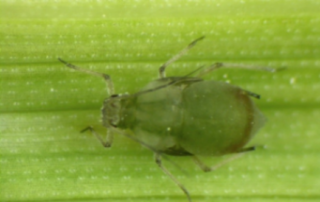
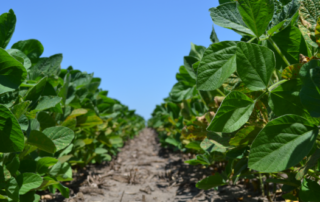
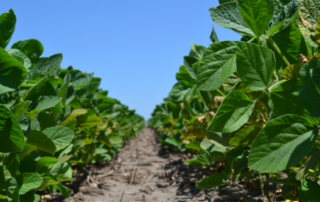
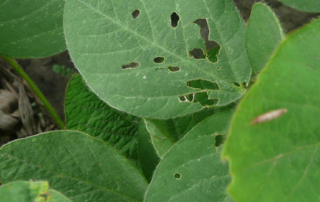

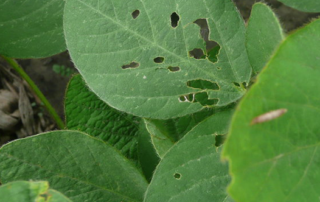

 and then
and then